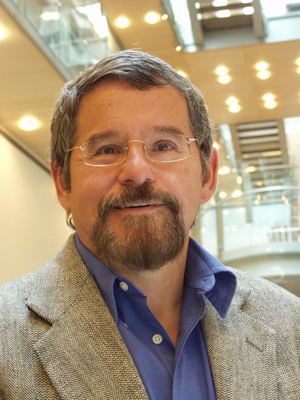Imagine a doctor writing a prescription on a diabetic patient’s hand or arm rather than a pad. Picture a shopper, with a few doodles of a special pen, instantly learning the level of insecticides and other pollutants on head of cabbage before purchasing it. Envision consumers having the ability to secure their possessions by merely drawing unique sensors on them. This all may be possible in the very near future.
University of California, San Diego nano engineers have created a tool they believe will allow anyone to build sensors, anywhere. The team mixes what they call bio-inks that react with several chemicals, including glucose. They fill off-the-shelf ballpoint pens with the inks and are able to draw sensors that measure glucose directly on human skin. These hand-drawn sensors can also measure pollution on leaves.
Surfaces and applications for the novel inks are not limited to skin and leaves and glucose measurement. The researchers believe sensors can be drawn on smart phones and other devices to create custom and inexpensive health monitors or on building walls to detect and monitor pollutants. They could also be used to detect explosives and poison agents in military and security apps.
The possibilities for use seem to be endless. According to the research-team leader, Joseph Wang, chairman of the Department of NanoEngineering, “Our new biocatalytic pen technology, based on novel enzymatic inks, holds considerable promise for a broad range of applications on site and in the field.” Wang also directs the Center for Wearable Sensors at UC San Diego.

Joseph Wang, chairman of the Department of NanoEngineering and Director of the Center for Wearable Sensors at University of California, San Diego
Initially, the obstacle was to create inks that are harmless to humans and plants while functioning as sensor electrodes and retaining these properties over long periods of time. The researchers used polyethylene glycol, commonly used as a binder in drug delivery applications, and graphite powder to enable conductivity. To ensure the ink would bind to surfaces, they added chitosan, an antibacterial agent used in bandages to reduce bleeding. To stabilize enzymes the inks will come in contact with, they used xylitol, a sugar substitute.
In one test application, the engineers developed non-invasive glucose sensors in the form of temporary tattoos. Using a pen loaded with an ink that reacts to glucose, they drew reusable glucose-measuring sensors on a pattern printed on a transparent, flexible material with an electrode. They pricked a subject’s finger and put the blood sample on the sensor. The enzymatic ink reacted with glucose and the electrode sent the implulses to a glucose-measuring device. Researchers then wiped the pattern clean and drew on it again to take another measurement after the subject had eaten.
Estimates indicate that one pen contains enough ink to draw about 500 glucose sensor strips. Rather than a strip or patch, the sensors can be drawn directly on the skin and communicate with a Bluetooth-enabled device that controls electrodes to gather data.
Mentioned earlier, the special-ink pens can be used to draw sensors that detect pollutants and harmful chemicals on the spot. The sensors could be modified to react with many pollutants, including heavy metals or pesticides. The next phase of research includes connecting the sensors wirelessly to monitoring devices and observing how the sensors perform in harsh environments. Essentially, we will soon be able to draw our way out of anything. ~MD
For more details, visit:
http://joewang.ucsd.edu/index.php?option=com_content&task=view&id=17&Itemid=35
Email Joseph Wang: [email protected]